By Klaus K. Rohde
Marine Parasitology Book PDF provides the definitive overview of marine parasites worldwide. It is an invaluable reference for students and researchers in parasitology and marine biology and will also be of interest to ecologists, aquaculturists and invertebrate biologists.
Initial chapters review the diversity and basic biology of the different groups of marine parasites, discussing their morphology, life cycles, infection mechanisms and effects on hosts. The ecology and importance of marine parasites are discussed in the second part of the book, where contributions investigate behavioural and ecological aspects of parasitism and discuss the evolution and zoogeography of marine parasites. In addition, the economic, environmental and medical significance of these organisms is outlined, particularly their importance in aquaculture and their effects on marine mammals and birds.
Written by an international team of contributors, the emphasis is on a thorough grounding in marine parasitology combined with reviews of novel concepts and cutting-edge research.
Table of Contents
- Definitions, and adaptations to a parasitic way of life
- Marine parasites and the tree of life
- Protistan biodiversity
- ‘Sarcomastigophora’ (amoebae and flagellates)
- Labyrinthomorpha (labyrinthomorphs)
- Haplosporidia (haplosporidians)
- Apicomplexa (sporozoans) / Kálmán Molnár
- Microsporidia (microsporans)
- Mikrocytos mackini (microcell)
- Ciliophora (ciliates)
- Myxozoa (myxozoans)
- ‘Turbellaria’ (turbellarians)
- Monogenea Polyopisthocotylea (ectoparasitic flukes)
- Monogenea Monopisthocotylea (ectoparasitic flukes)
- Aspidogastrea (aspidogastreans)
- Digenea (endoparasitic flukes)
- Amphilinidea (unsegmented tapeworms)
- Gyrocotylidea (unsegmented tapeworms)
- Eucestoda (true tapeworms)
- Nematoda (roundworms)
- Acanthocephala (thorny or spiny-headed worms)
- Copepoda (copepods)
- Isopoda (isopods)
- Branchiura (fish lice)
- Tantulocarida (tantulocarids)
- Ascothoracida (ascothoracids)
- Cirripedia Thoracica and Rhizocephala (barnacles)
- Amphipoda (amphipods)
- Fossil parasites
- Porifera (sponges)
- Cnidaria and Ctenophora (cnidarians and comb jellies)
- Mesozoa Orthonectida (orthonectids)
- Mesozoa Dicyemida (dicyemids)
- Myzostomida (myzostomids)
- Polychaeta (bristle worms)
- Hirudinea (leeches)
- Cycliophora (wheel wearers)
- Nemertea (ribbon worms)
- Rotifera and Seison (rotifers)
- Nematomorpha (horse-hair worms)
- Acari (mites and ticks)
- Pycnogonida (pycnogonids)
- Insecta (insects)
- Tardigrada (water bears)
- Pentastomida (tongue worms)
- Mollusca (molluscs)
- Echiura (spoon worms)
- Echinodermata (echinoderms)
- Parasitic marine fishes
- Parasite induced changes in host behaviour and morphology
- Cleaning mutualism in the sea
- Transmission of marine parasites
- The ecological niches of parasites
- Marine hyperparasites
- Parasites in brackish waters
- Metapopulation biology of marine parasites
- Structure of parasite communities
- Parasite populations and communities as non-equilibrium systems
- Population and community ecology of larval trematodes in molluscan first intermediate hosts
- Coevolution in marine systems
- Speciation and species delimitation
- Latitudinal, longitudinal and depth gradients
- Parasites as biological tags
- Parasites as indicators of historical dispersal
- Introduced marine parasites
- Deep-sea parasites
- Mass mortalities in the oceans
- Effects of salmon lice on Atlantic salmon
- Effects in finfish culture
- Effects in mollusc culture
- Effects in shrimp culture
- Ecological aspects of parasites in the American lobster
- Parasites of marine mammals
- Marine birds and their helminth parasites
- Effects of pollution on parasites, and use of parasites in pollution monitoring
- Cestode and trematode infections
- Anisakiasis
- Zoonotic potential of Protozoa
- Zoonotic aspects of trichinellosis
- Marine schistosome dermatitis
- Infections by the rat lungworm, Angiostrongylus cantonensis
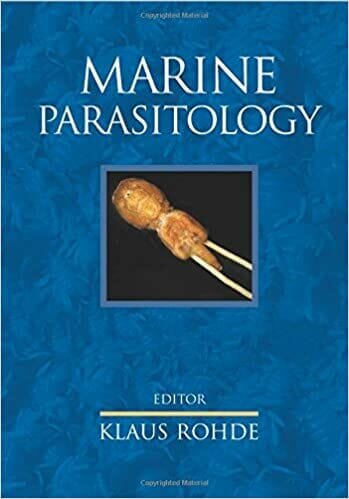



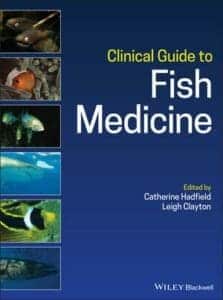


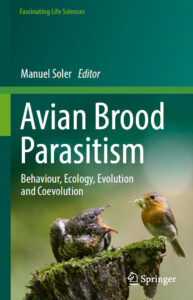
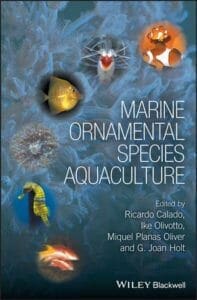
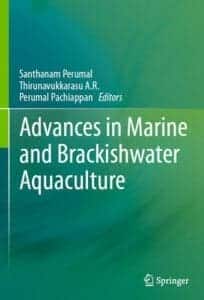




![Ettinger’s Textbook of Veterinary Internal Medicine 9th Edition [PDF+Videos] Ettinger’s Textbook of Veterinary Internal Medicine 9th Edition [True PDF+Videos]](https://www.vet-ebooks.com/wp-content/uploads/2024/10/ettingers-textbook-of-veterinary-internal-medicine-9th-edition-100x70.jpg)

![Textbook of Veterinary Diagnostic Radiology 8th Edition [PDF+Videos+Quizzes] Thrall’s Textbook of Veterinary Diagnostic Radiology, 8th edition PDF](https://www.vet-ebooks.com/wp-content/uploads/2019/09/textbook-of-veterinary-diagnostic-radiology-8th-edition-100x70.jpg)






